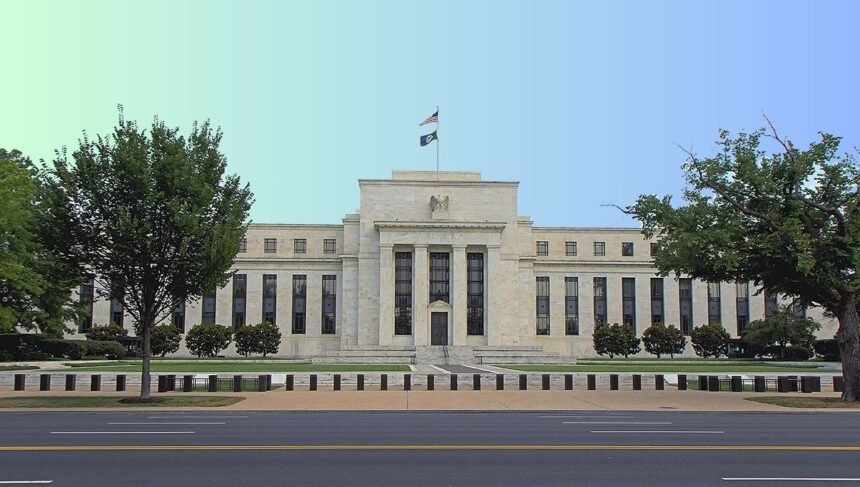The Federal Reserve’s sudden pivot to easier monetary policy has echoed across financial markets, fueling speculation that the conditions that could precipitate over 150 global central bank rate cuts by 2024 resemble those last seen in the 1970s.
Fed’s 2023 Rate Cut Forecasts evoke 1970s Scenario
Jerome Powell’s Federal Reserve is expected to cut interest rates up to three times next year, with some forecasts predicting even more reductions, according to Bank of America’s head of portfolio strategy, Michael Hartnett.
His recent note outlines expectations for a staggering 152 rate cuts by central banks globally in 2024 – the first year since 2020 that reductions would exceed hikes.
The timing of these cuts is what Hartnett finds most interesting. Historically, only five occasions in the past 90 years has the Fed slashed rates when core CPI inflation exceeded the unemployment rate – generally requiring dramatic events like World War 2 or recessions as catalysts.
1974 Pivot Bears Striking Similarities To Today
While many point to 2019 as the closest comparison to the Fed’s current pivot, Hartnett believes 1975 bears far more similarities to present conditions.
That year saw the Fed cutting rates after a hard landing, while wrestling with entrenched inflation amid geopolitical unrest, oil price shocks, unchecked spending, and labor disputes.
This mimics the backdrop behind the Fed’s policy shift today, implying three investments could benefit most if history repeats itself:
REITs
Small Cap Stocks
Value Stocks
Their outperformance would hinge on the Fed delivering 150 basis points of cuts by end-2024 with sub-4% unemployment, provided secular inflation is confirmed via US dollar depreciation to 120 yen and gold clearing $2,400 per ounce.
Bonds, Gold, And Market Breadth Top Bets For Now
Until that scenario plays out, Hartnett believes bonds, bullion, and breadth represent the best positioning while early optimism over a ‘soft landing’ remains elevated. Bonds and commodities should also hedge portfolios well through the first half of 2023 as markets gauge peak rate cut expectations.
Fed Fighting Entrenched Inflation It Can’t Fully Control
What makes the comparison to the 1970s most compelling are the inflationary forces the Fed finds itself battling today. While geopolitical tensions, pandemic-related supply hurdles and energy price spikes all stoked price pressures, inflation may now be influenced more by factors outside the Fed’s control.
Labor Market Overheating Driving Services Inflation
Ongoing labor shortages have driven unemployment near five-decade lows, sparking overheating services inflation that proves more difficult to temper.
Globalization and demographics conferred disinflationary impetus for decades – tailwinds that could now shift to higher services and housing inflation without aggressive Fed action.
This entrenched inflation with dormant long-term drivers resembles the 1970s backdrop, raising the risk monetary policy alone cannot curb price pressures. Yet the Fed may be cornered into reversing course if economic conditions deteriorate faster than markets anticipate.
Ultra-Loose Policy Risks Further Disinflation Down Road
While markets cheer the Fed’s policy shift as bullish for risk assets today, an overlooked consequence could be even higher inflation over the long run.
Consider that a key driver of disinflation from early 1980s onward was former Fed Chair Paul Volcker’s campaign of ultra-tight monetary policy to break inflation expectations that became entrenched in prior decades.
By contrast, today’s Fed pivoting back to looser policy so swiftly after a modest tightening cycle risks cementing higher inflation expectations. That could sow the seeds for financial volatility and even costlier disinflation down the road. Markets may wind up wishing today’s Fed displayed more willingness to tolerate short-term pain.
The key risk now is the 1970s scenario plays out once more – where entrenched inflation combines with ultra-loose monetary policy to create a foundation for runaway prices that central banks across the globe struggle to control over years rather than quarters.





